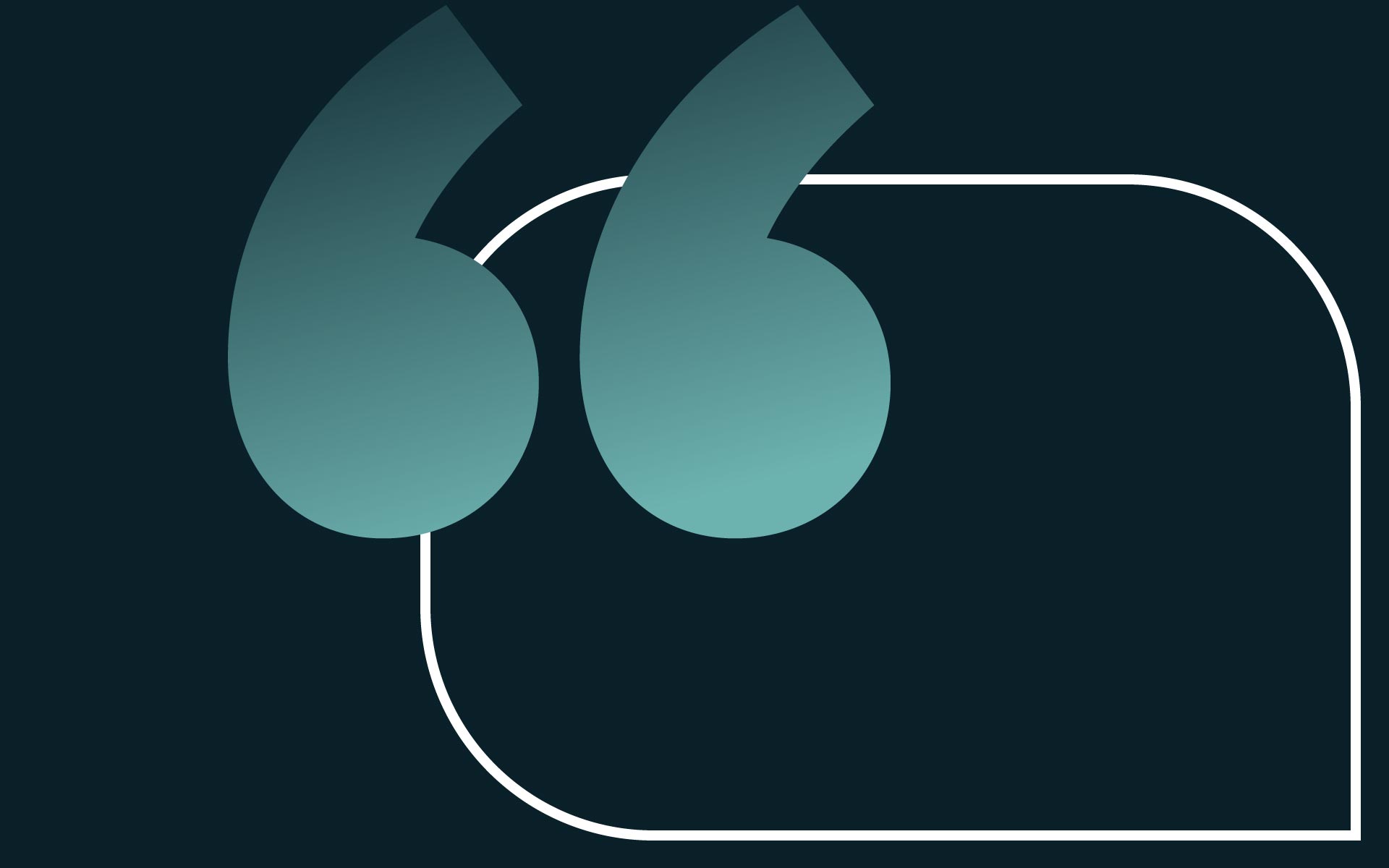
Companies around the world are evaluating and evolving their diversity, equity, and inclusion (DEI) programs, putting DEI at the center of their human capital strategy — and with good reason. Never has the workforce been so diverse in so many ways. As major companies become global and more jobs are online, people of different cultural, professional, and demographic backgrounds are converging in the workplace.
As employers work to better integrate their approach to DEI into their business, it’s critically important to analyze their various health, wealth, and wellbeing programs. They should look at them through an equity and inclusion lens and determine whether their offerings serve the diverse needs of their employees. Employers often think they need to add programs to meet the needs of more employees. However, it’s not always about addition. Often, it’s about ensuring employees understand and know how to access the programs they already have.
Most employees need – and want – the same support as all their colleagues: physical, mental, and financial wellbeing. It is equity of access and personalization of needs with an eye towards cultural nuance that are the key here.
Company leaders can—and should—chart this path. Before a company adds another new program, it should understand how well its employees are able to access existing programs, particularly those geared toward achieving more equity between different segments of its workforce. Understanding barriers and creating access is often the first missing piece in achieving better outcomes for all employees.

Most employees need – and want – the same support as all their colleagues: physical, mental, and financial wellbeing. It is equity of access and personalization of needs with an eye towards cultural nuance that are the key here.
Let’s look at healthcare benefits. A company may determine that a low-cost, high-deductible plan is the most affordable and accessible option for their employees, but does the plan adequately meet the needs of employees from underrepresented groups? Does it provide access to [in-network] medical professionals who look like them, have similar life experiences, and understand their culture? Are the healthcare facilities physically close to where employees live? In the end, the company may not be able to ensure equitable outcomes for all employees, but they can create equitable access to resources and opportunities.
One retail giant recognized an important trend when it examined how employees were using their healthcare benefits. Instead of visiting an area doctor, they were using the ER – already over-extended by the pandemic – for basic medical care. The company wanted to understand why its employees were bypassing preventative, community-based care for more expensive doctors with costly hospital fees in the ER.
We cross-referenced the employee zip codes with the locations of healthcare providers from their company-sponsored healthcare plan offerings and found many employees lived in what’s often referred to as a “healthcare desert”— in other words, zip codes with very few doctors and healthcare services covered under their plan. These employees’ only option was to use the emergency room when capacity was – and continues to be – stretched past its limits. It was also much more expensive for both the employee and employer.

Being mindful of diversity, equity, and inclusion in human capital strategies means revisiting historical systems, programs, and processes across all areas of business that may have been built for a majority and analyzing how they may not be beneficial to everyone.
This example paints the business case for DEI and the need to rethink employee management. What is traditionally thought of as a narrow HR problem has far-reaching implications and impact not just for the business, but society at large.
Being mindful of diversity, equity, and inclusion in human capital strategies means revisiting historical systems, programs, and processes across all areas of business that may have been built for a majority and analyzing how they may not be beneficial to everyone. Companies need the ability to better understand the needs of their employees so they can build benefits programs that result in better outcomes for everyone. The first step is data and technology and then applying a nuanced lens on utility and access.

In this Era of the Employee, people have choices about where they work and for whom. For underserved populations, the ability to align their talents with an employer who provides for their needs both inside and outside the workplace — and strives to do so in a way that is equitable and accessible — will go a long way. Companies that successfully make this shift will find themselves with a stronger, more resilient, and more loyal workforce.


